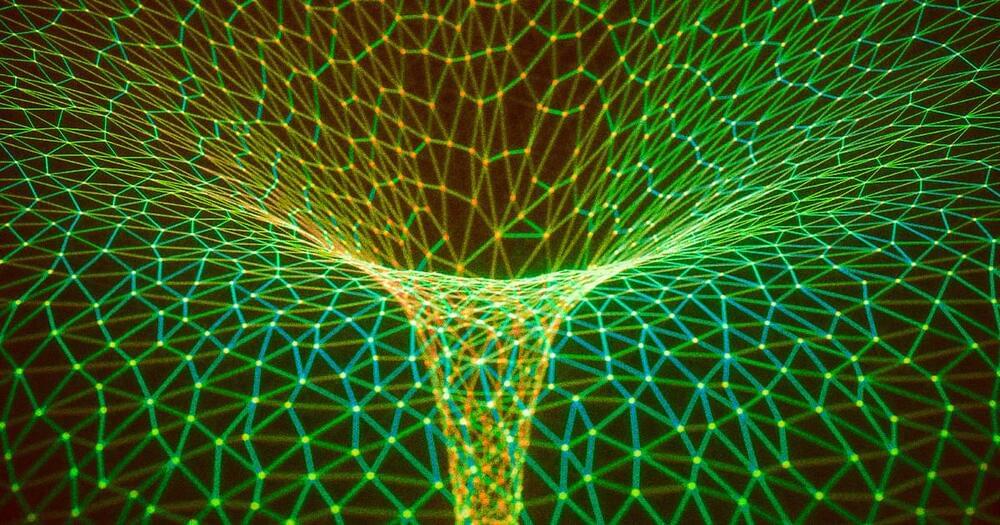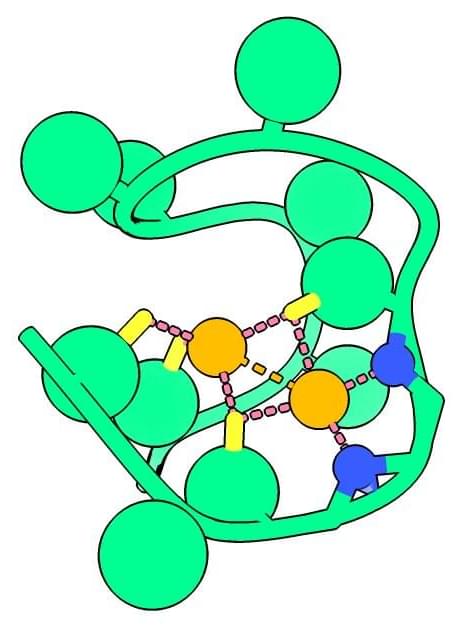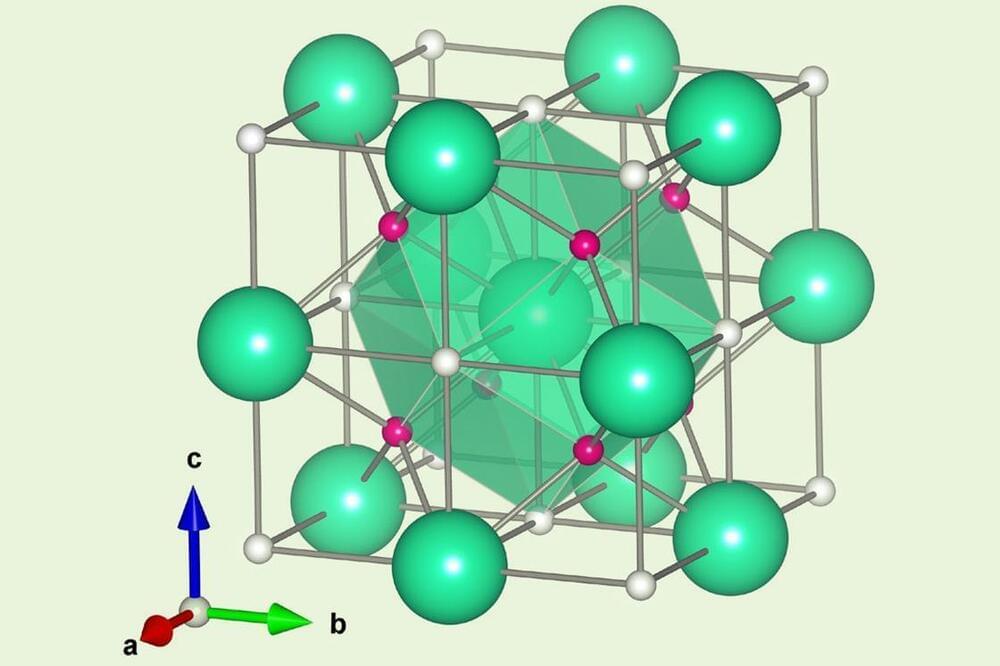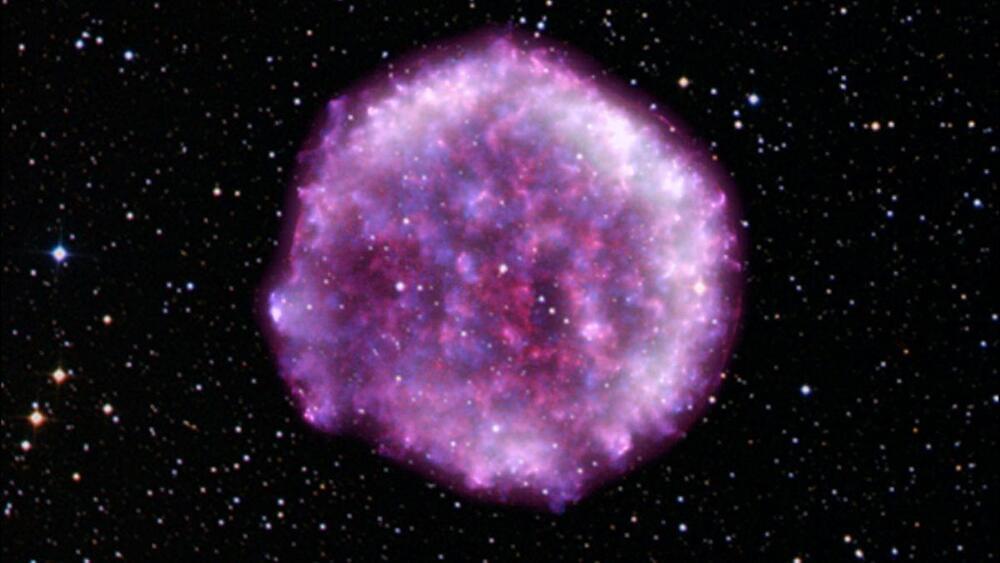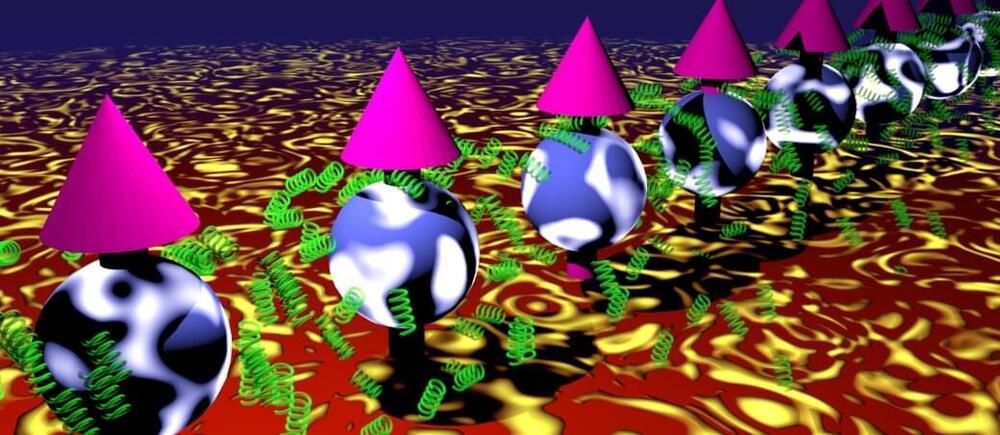Published in the journal Quantum Science and Technology, Saleh’s research focused on a novel quantum computing technique that should — at least on paper — be able to reconstitute a small object across space “without any particles crossing.”
While it’s an exciting prospect, realizing his vision will require a lot more time and effort — not to mention next-generation quantum computers that haven’t been designed, let alone built yet. That is if it’s even possible at all.
Counterportation can be achieved, the study suggests, by the construction of a small “local wormhole” in a lab — and as the press release notes, plans are already underway to actually build the groundbreaking technology described in the paper.
